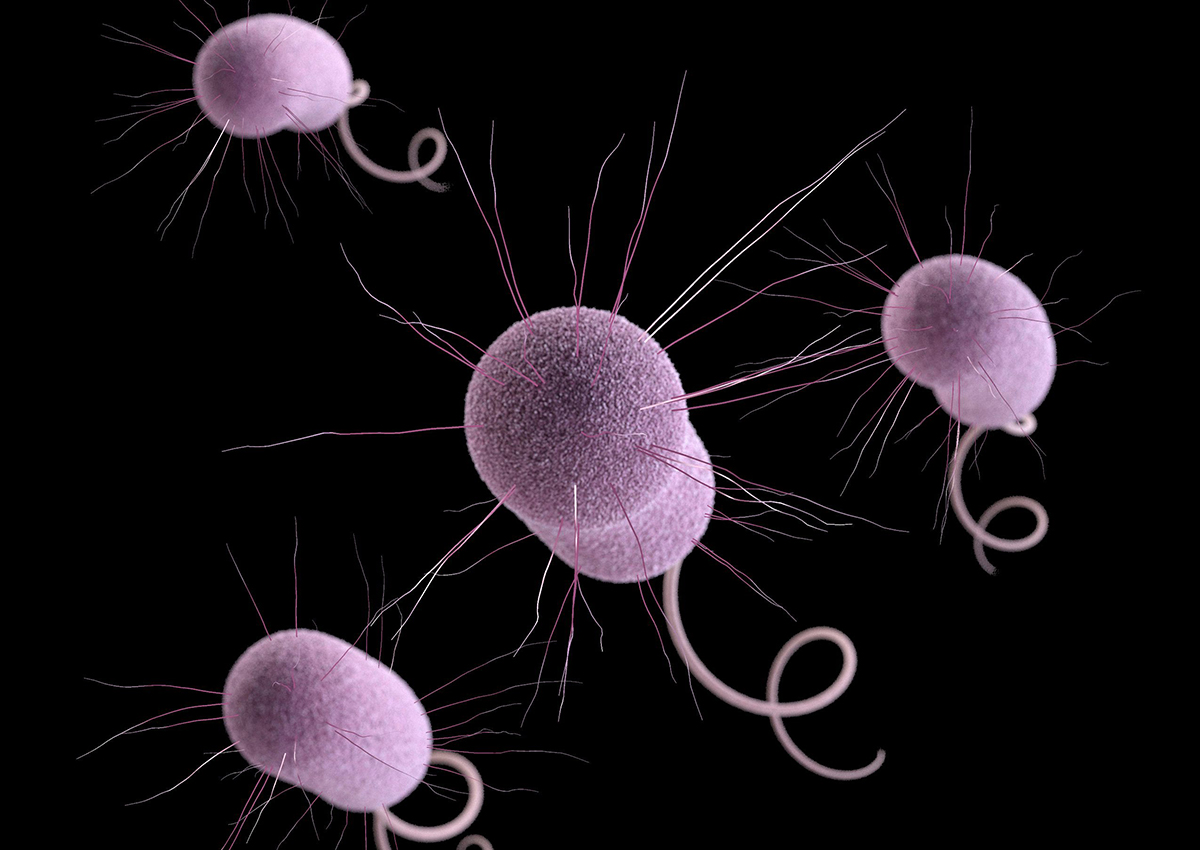
The rise of antibiotic-resistant bacteria is a human health crisis — but few people appreciate the impact of this phenomenon on their lives.
On this week’s Super Awesome Science Show, we’re going to take a very personal look at what happens when someone gets a resistant infection and how a treatment from a century ago is making a comeback not just for our health but also our food supply.
Our first guest is Tom Patterson. He’s a researcher at the University of California San Diego and the subject of the new book, The Perfect Predator. In 2015, he went through a nine-month ordeal in which he almost died. His infection was resistant against all antibiotics. The only reason he survived was due to the use of a method used almost a century ago: viruses of bacteria, known as bacteriophages, better known as phages.
Our next guest, Steffanie Strathdee at the University of California, San Diego, takes us through the process of using viruses to defeat antibiotic-resistant bacteria. She is the author of The Perfect Predator, which is an account of her journey to save Tom from the infection. While her role as an epidemiologist may have spurred her on, her efforts had a very personal twist. Tom is her husband.

Get weekly health news
In our SASS Class, we examine how these viruses can be used to improve food safety. Raw and uncooked meat carries risk of bacterial infection. Our guest teacher, Lawrence Goodridge from the University of Guelph, has been working to find ways to incorporate viruses into the food production pipeline so that we can be safe.
If you enjoy The Super Awesome Science Show, please take a minute to rate it on Apple Podcasts and be sure to tell a friend about the show. Thanks to you, we’ve won a Canadian Podcast Award as Outstanding Science and Medicine Series. Thank you all very much!
Contact:
Twitter: @JATetro
Email: thegermguy@gmail.com
Guests:
Dr. Tom Patterson
https://profiles.ucsd.edu/thomas.patterson
Dr. Steffanie Strathdee
https://profiles.ucsd.edu/steffanie.strathdee
Twitter: @chngin_the_wrld
Dr. Lawrence Goodridge
https://news.uoguelph.ca/2019/01/improving-food-safety-goal-of-1-million-gift/
Twitter: @SafeFoodCanuck
We LOVE that you are loving the “Super Awesome Science Show (SASS)” podcast! If you haven’t subscribed yet — what are you waiting for?
Subscribing’s easy! Here’s how…

- Open the Apple Podcasts app, search for “Super Awesome Science Show (SASS)” and select it from the list of results.
- Once on the Super Awesome Science Show (SASS)’s page, click the “subscribe” button to have new episodes sent to your mobile device for free.
- Click the name of an episode from the list below to listen.

- Open the Google Podcasts app, search for “Super Awesome Science Show (SASS)” and select it from the list of results.
- Once on the Super Awesome Science Show (SASS)’s page, click the “subscribe” button to have new episodes sent to your mobile device for free.
- Click the name of an episode from the list below to listen.

















Comments